Jewelry designer Prince Dimitri of Yugoslavia shares tales of his regal relatives in a new book that focuses on the gems they cherished.
When it comes to the great monarchs of the world, the jewels they owned, wore and presented to the public told stories of their great wealth and power. Jewelry designer and author Prince Dimitri of Yugoslavia grew up learning about these gems from an early age, appreciating both their innate beauty and the family history surrounding them.
In the new book Once Upon a Diamond: A Family Tradition of Royal Jewels, he shares private anecdotes that put the historical narrative into personal perspective. The volume follows the ruling families of Russia and Europe that make up his royal lineage, tracing them through the extraordinary jewelry they amassed. His paternal grandparents were Prince Regent Paul and Princess Olga of Yugoslavia; his maternal grandparents were King Umberto II and Queen Marie-José of Italy; and his parents were Princess Maria Pia of Savoy and Prince Alexander of Yugoslavia.
Dimitri spent years hearing the fascinating tales of their lives and their fabulous jewels. Recounting them in book form seemed a natural progression. “I was inspired by many friends telling me to write a book on the stories I tell in my Instagram posts,” relates Dimitri. “One day, a friend of mine who works at [publisher] Rizzoli said we should do a book together on those stories and also on my work.”
And so Once Upon a Diamond was born.
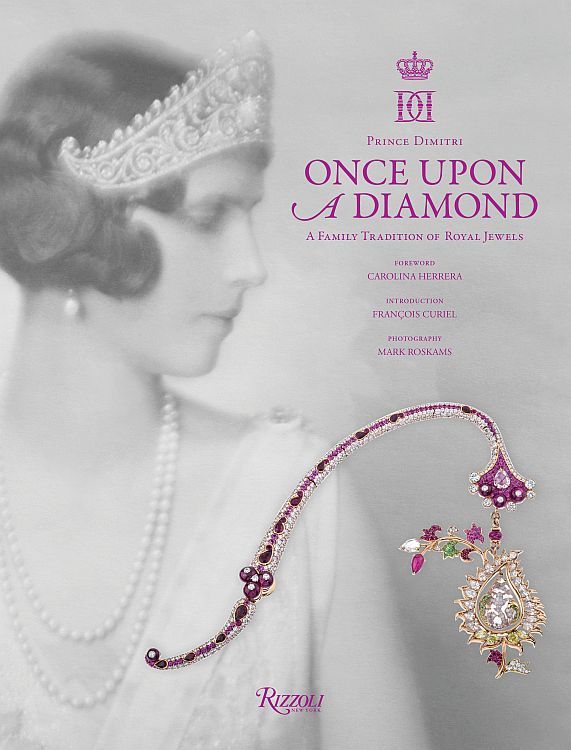
Styles of the court
The volume starts with a focus on fabled Romanov jewels and ends with a look at the author’s own modern-day designs. In between, it segues into the various royal houses whose families, destinies and jewels were intertwined.
“Traditionally, jewelry was first made for royalty and their court, so the new styles appeared in history because of their influence. [Royals] were always patrons of the arts. That is how art and jewelry evolved in history,” Dimitri comments. “I think they were just used to a certain style that always looked very regal, and most of their jewels were inherited to begin with. When they bought jewels, they would favor the best designers and choose their favorite gems, or many times have existing gems remounted.”
Of course, he adds, there was some variety in their preferences. “Every personality has its tastes, and family history certainly influences the choices of colors. I associate cabochon emeralds and pearls with my mother; my grandmother Princess Olga makes me think of diamonds, pearls and emeralds; my grandmother Queen Marie-José of Italy reminds me of diamonds and rubies.”
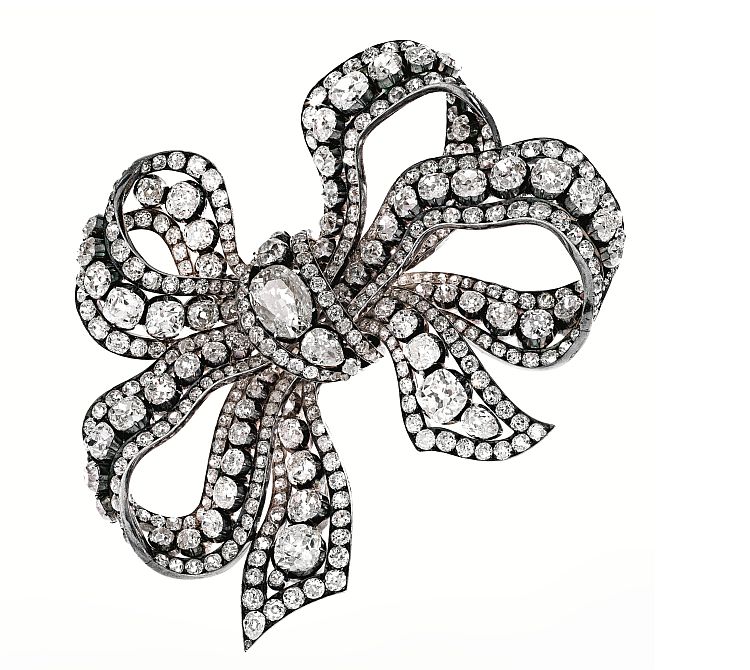
Of revolutions and weddings
Of the many tales Dimitri relates in the book, his favorite is how the jewels of Maria Pavlovna, Grand Duchess Vladimir, were saved from the Russian revolution. It was thanks to a trusted friend, Albert Stopford, the book recounts. With the help of a loyal servant, Stopford snuck into the Vladimir Palace in St. Petersburg in the middle of the night dressed as a workman. He located the jewels, wrapped all he could carry in old newspapers, and smuggled them out of Russia just days before the palace was ransacked.
Another anecdote the author likes is about “the emeralds of Queen Victoria Eugenie of Spain. Known as Aunt Ena in the family, she was a granddaughter of [Britain’s] Queen Victoria and the goddaughter of Empress Eugenie of France; hence her name. She turned out to be a great beauty in her youth and married King Alfonso XIII of Spain on May 31, 1906. After the lovely wedding ceremony, the king and the ravishing young queen were driven back to the palace in the state carriage in what had been the most beautiful day of their lives.
“In a split second, everything flipped into absolute horror. From a balcony, an anarchist threw a bomb at the newlyweds. They miraculously survived, but 15 people around them were killed and 50 were wounded. Poor Aunt Ena was completely covered in blood. She never panicked, and showed great courage and composure. Much later, she greeted the guests and opened the present from her godmother. It was a box with a fan; rather unimpressive. She thanked her politely and stored it away in a drawer. Many years later, as she was putting her affairs in order, she came across the box. She opened it, took out the fan and, to her astonishment, discovered 10 square-cut, huge Colombian emeralds of the finest quality. She had Cartier make them into one of the most fabulous necklaces ever, along with a ring and a brooch. It was too late to thank Empress Eugenie, as she had passed away.”
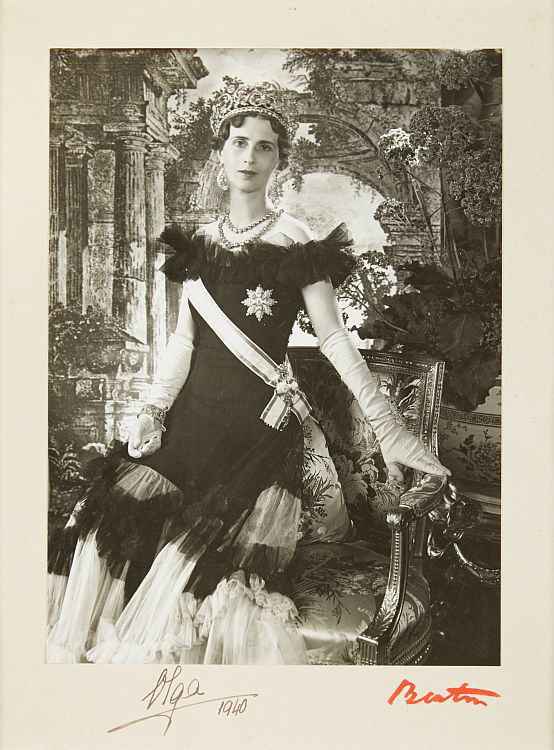
Family heirlooms
Among the book’s numerous photographs and illustrations are pictures from the family albums of Grand Duchess Elena Vladimirovna — the author’s great-grandmother — including photos of the Greek, Russian, German and Italian royal families. Close-ups of jewelry focus on iconic pieces, many of which, as per the book’s title, contain diamonds.
One such is the Nuptial Crown, part of the imperial wedding regalia. Featuring 1,535 old-mine diamonds, it sold in 1927 as part of the imperial jewelry sale at Christie’s London. A 1973 bequest of US heiress Marjorie Merriweather Post, it is now part of the Russian art and jewelry collection of the Hillwood Museum in Washington, DC.
The Diamond Kokoshnik Tiara has close ties to the author’s immediate family. The Grand Duchess Elena received it in 1902 when she married Prince Nicholas of Greece and Denmark; it was a gift from her mother, the Grand Duchess Vladimir. Elena, in turn, gave it to her daughter Princess Olga in 1923 on her marriage to Prince Paul of Yugoslavia. In 1960, Dimitri’s mother, Princess Maria Pia — who married Olga’s son Alexander — wore the tiara to the wedding of King Baudoin of Belgium.
Another gem is the Vladimir Tiara. Romanov court jeweler House of Bolin fashioned the piece in 1874, and the Grand Duchess Vladimir wore it often. It has 15 interlocking diamond circles, each with a suspended pearl. It is now part of the collection of Britain’s Queen Elizabeth II.
However, what the prince considers “the most fantastic piece of jewelry on earth” is a 45.02-carat emerald in the shape of a 4-centimeter cross, “a tribute that Colombia sent to King Felipe II of Spain in the 16th century.” It stayed in the family until Victoria Eugenie sold it, Dimitri recounts. Cartier acquired it, then “sold it to [Bolivia tycoon] Antenor Patiño, who gave it to his granddaughter, who sold it to a French industrialist, who gave it to his daughter-in-law, a first cousin to King Juan Carlos of Spain.”
Also in Once Upon a Diamond are pages from the Appraisal of the Jewelry Belonging to Her Imperial Highness Grand Duchess Elena Vladimirovna, a beautifully illustrated book that the court jeweler made for the grand duchess. “Many years ago, my grandmother gave it to me,” explains Dimitri. Previously unpublished, it contains hand-painted pictures of close to 100 jewels and adornments.
Of his book, which includes exclusive designs from his own brand as well, Dimitri says, “I hope readers will enjoy learning interesting facts about European history, with both the historical part and the numerous stories I tell, and I also hope they will like my work.”
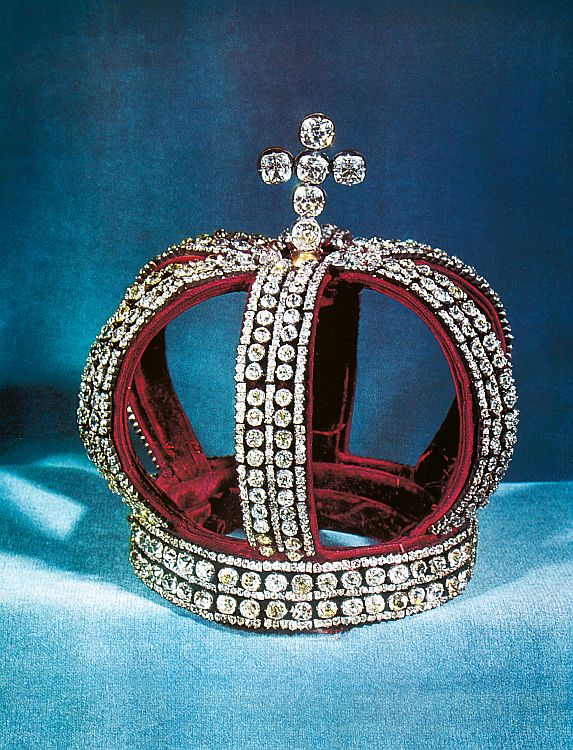
A ROYAL LINE
After a career as senior vice president of jewelry at Sotheby’s auction house and later as head of jewelry at Phillips de Pury & Luxembourg, Prince Dimitri founded his eponymous jewelry company in 2007. It was in helping a friend remount his cuff links that, as he writes in Once Upon a Diamond, he “discovered design.” There is a “magic” about gems, he notes — one he observed firsthand from an early age in his mother’s and grandmother’s jewels.
Additional inspirations for his designs include cultures throughout history and unusual materials that he incorporates into his own style. He enjoys “transforming and putting things together and giving them a new life,” he writes. Regarding the family jewels, he says he has “never reinterpreted anything except a bracelet of my grandmother that I actually copied. I do, however, take elements, such as movement and proportion or details, sometimes. I am mostly inspired by decorative arts and various shapes.”
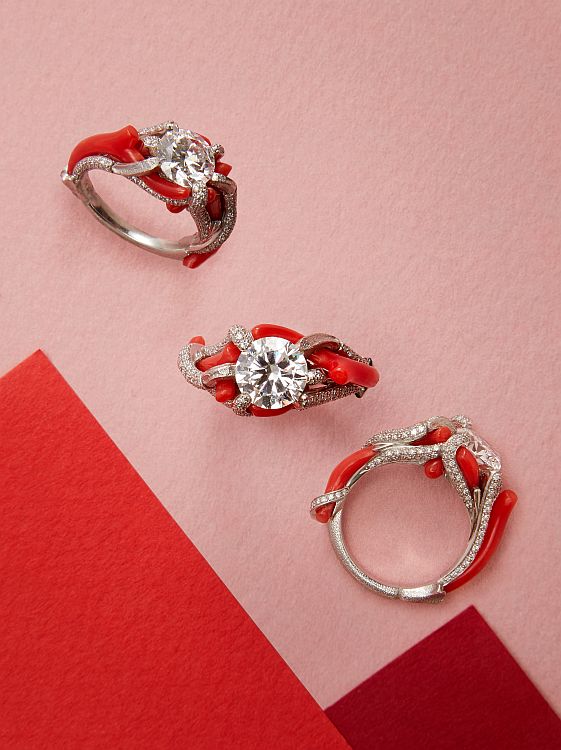
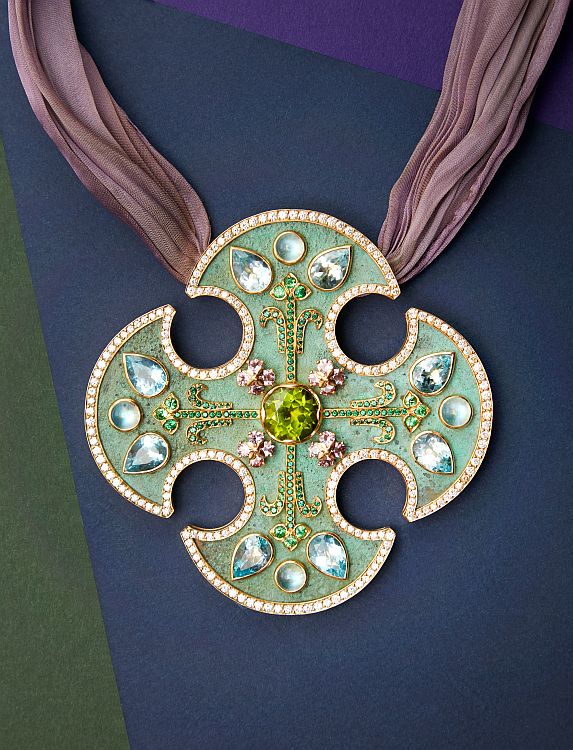
Main image: Musy tiara commissioned by Queen Margherita to celebrate the birth of her grandson in 1904. Image: Dario Tettamanzi, courtesy H.R.H. The Prince of Naples.

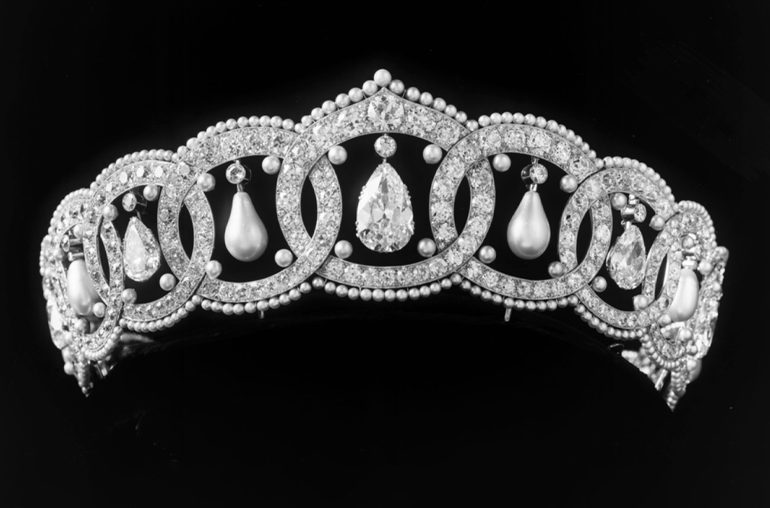
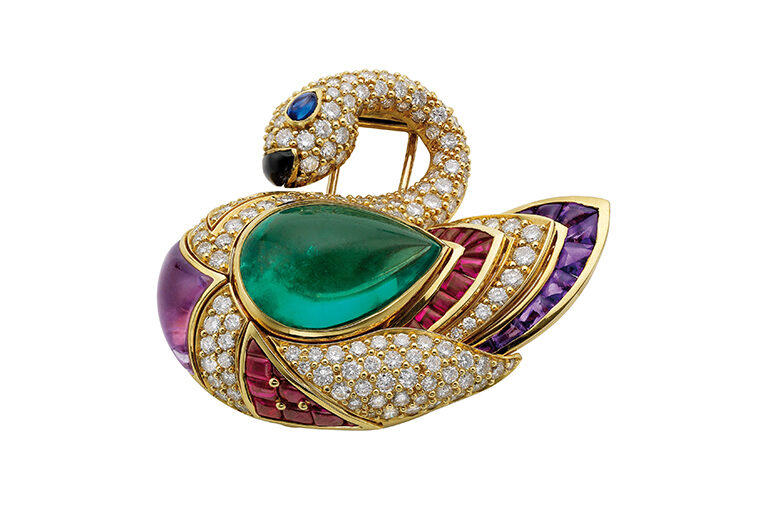
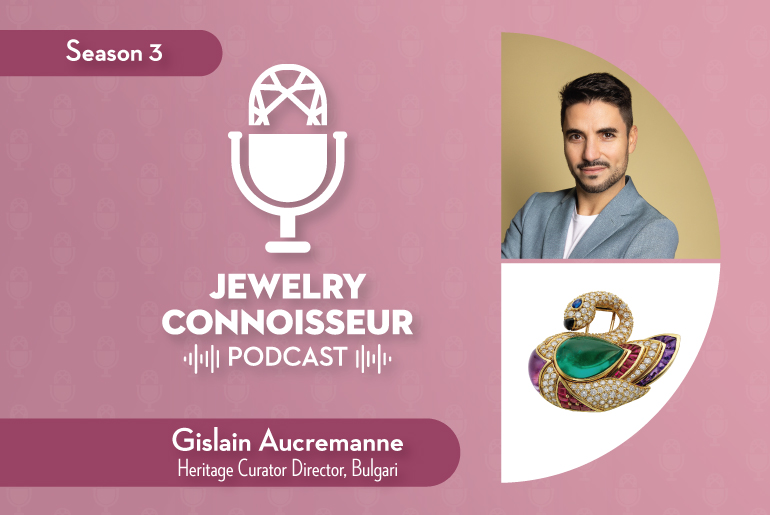
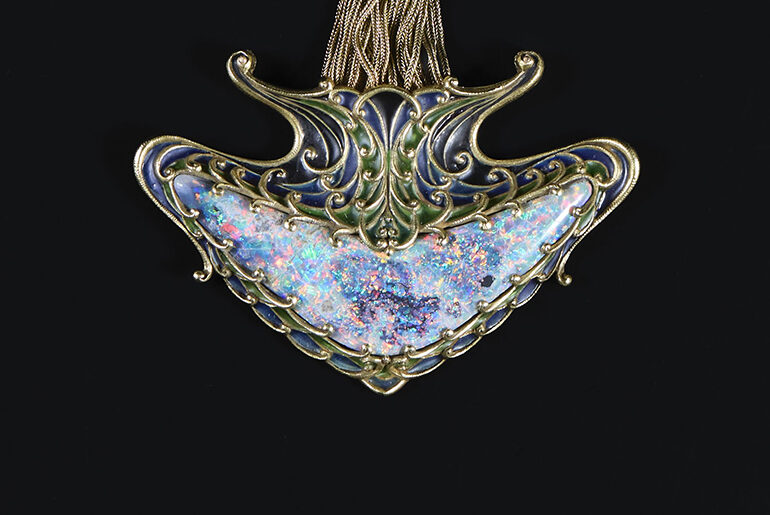
Comments are closed.